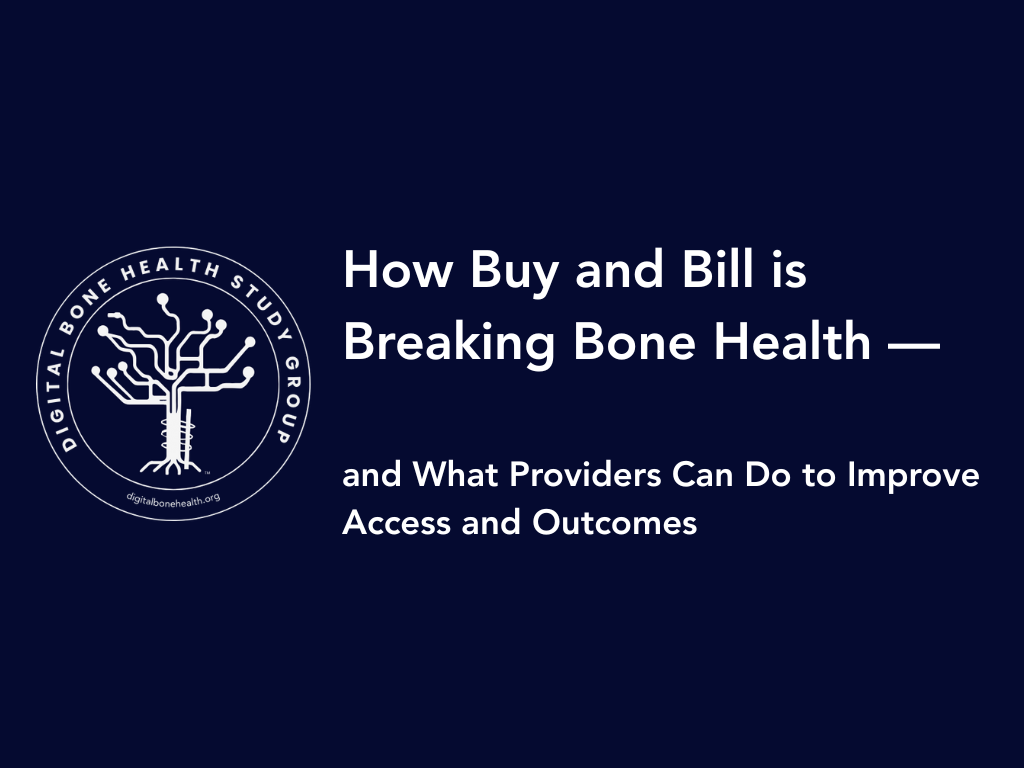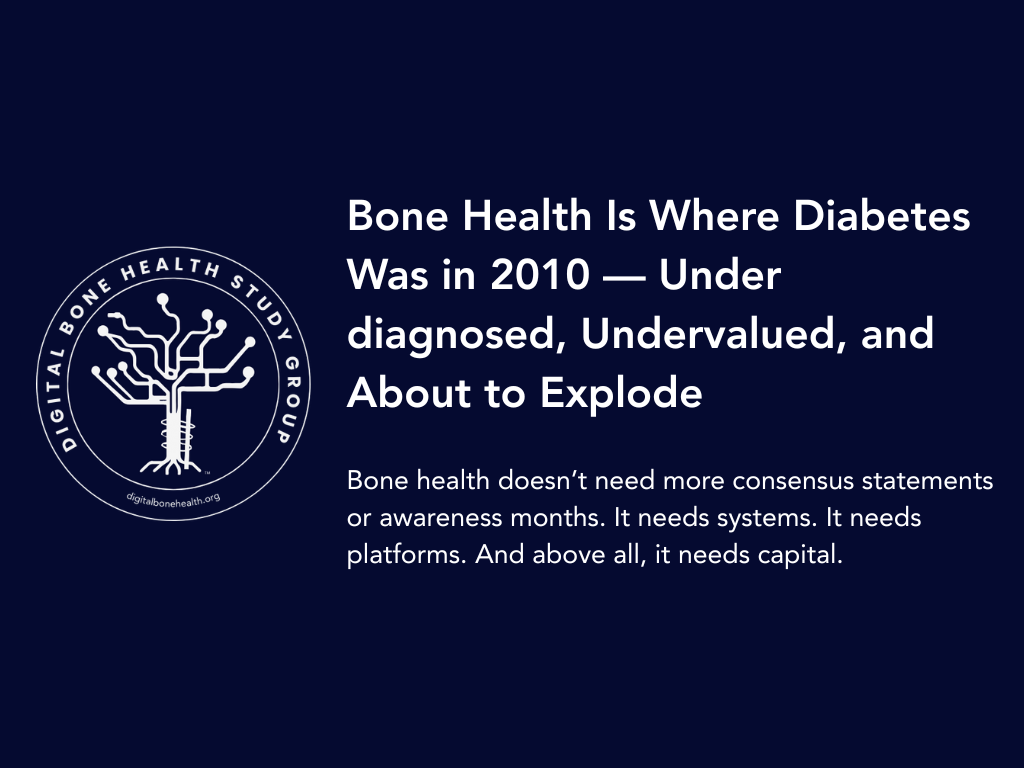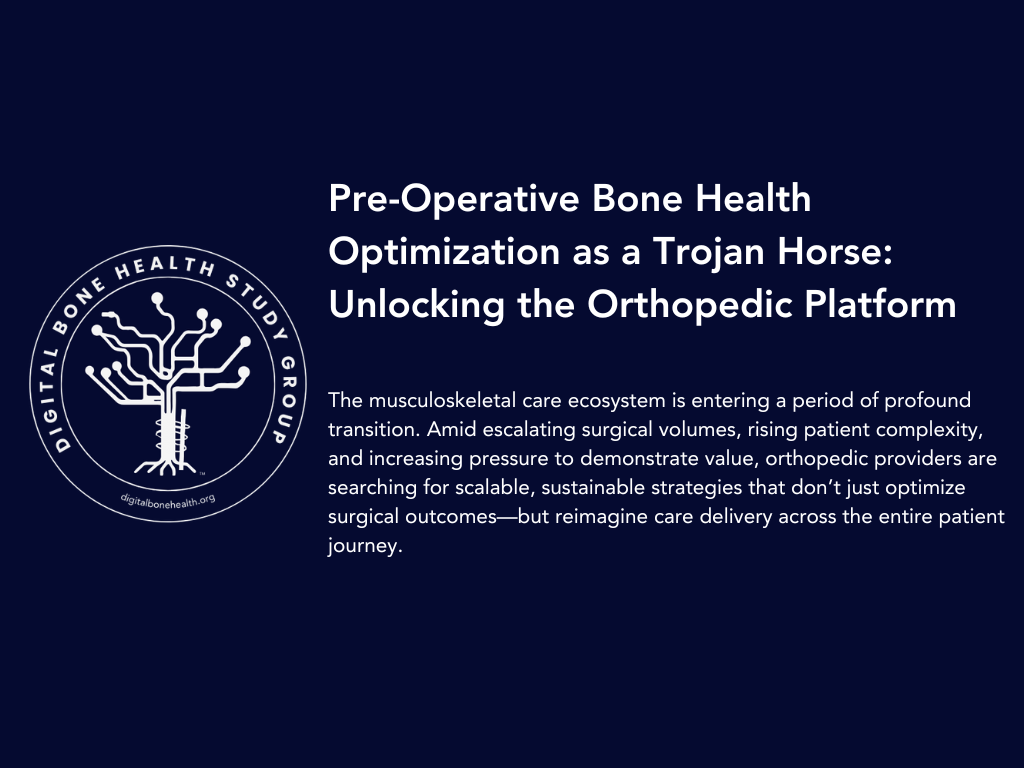
The High Stakes of Buy-and-Bill - Capital at Risk vs. ROI in Bone Health Clinics
In bone health, therapies like denosumab (Prolia®) and romosozumab (Evenity®) can reduce fracture risk by up to 68% for patients with osteoporosis. Yet, the Buy-and-Bill drug distribution model forces clinics to navigate a precarious financial landscape, where the capital at risk far outweighs the return on investment (ROI).

How Buy and Bill is Breaking Bone Health — and What Providers Can Do to Improve Access and Outcomes
The end of Prolia’s monopoly is more than just a price story. It is a chance to redefine the economics of in-office osteoporosis treatment, making it more sustainable, more accessible, and more attractive to providers.


Fracture Prevention Is Broken -- The Silent Failure of U.S. Osteoporosis Care
US fracture prevention needs a strategic reset.
We must shift from reactive models based on policy and patchwork programs to proactive, scalable platforms embedded in the workflows where high-risk patients already are.

Pre-Operative Bone Health Optimization as a Trojan Horse
The true power of the Trojan Horse isn’t infrastructure. It’s infiltration—an unassuming way to smuggle in patients at scale.

The Coming Disruption of Fracture Liaison Services in the Era of AI-Driven Imaging Detection Tools
The landscape of bone health management is ripe for a seismic shift with the advent of AI-driven imaging technologies. These tools are set to revolutionize osteoporosis diagnosis and fracture risk assessment, fundamentally altering how patients are identified and treated. However, the current Fracture Liaison Service (FLS) model, operating within a fee-for-service healthcare environment, is neither scalable nor sustainable in the face of this impending transformation.

